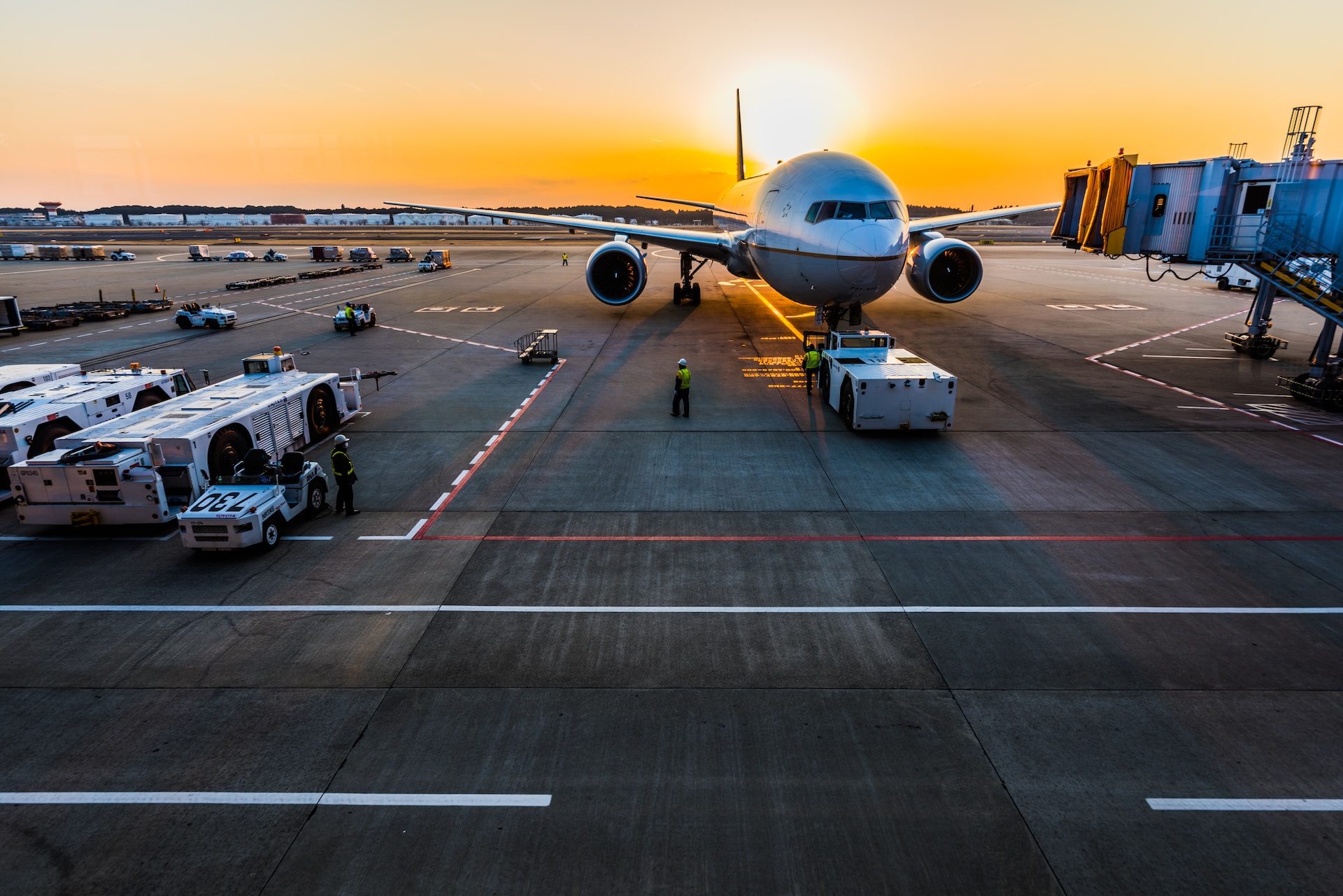Ensuring safety in the air and on the ground

A comprehensive guide to safety risk management
In the skies and on the ground, the aviation industry operates at the intersection of precision and safety. Ensuring the safety of passengers, personnel, and aircraft is paramount, and this quest for safety revolves around one central axis: compliance with aviation regulations.
As everyone working in a highly regulated environment knows, compliance is not merely a checkbox on a form or a legal requirement; it's the cornerstone of trust, reliability, and efficiency. Whether you're a regional airport, regulator, or aerospace operator, adherence to safety management systems, policy regulations, and meticulous safety risk management is crucial. We recently explored this topic in our eGuide, Insights from the (air)field. It's all about how OneReg can streamline compliance and support safe practice in regional airports. It's a valuable resource for helping aviation professionals stay compliant, and well worth a read.
In this blog, we're going to discuss how digitisation is changing the landscape for aviation safety and compliance in Australia and New Zealand and what aviation participants can do today to start taking advantage of this opportunity.
Safety in the air: Navigating the skies with confidence
The safety of passengers, crew, and the aircraft itself is a non-negotiable priority. The aviation industry operates under a web of stringent safety protocols and regulations, set forth by international standards and country regulators like the Civil Aviation Safety Authority of Australia (CASA) and the Civil Aviation Authority of New Zealand (CAA NZ).
The significance of these safety measures cannot be overstated. They're concerned with the preservation of human life, the protection of valuable assets, and the goal of uninterrupted air travel.
Aerodrome safety: the foundation of aviation security
Aerodromes serve as the essential groundwork of aviation safety. This is a multifaceted concept encompassing a range of critical components, including:
- Runway maintenance - the runway, where the rubber meets the tarmac, is at the centre of aviation safety. Regular maintenance is not an option but a necessity, since runways and the surrounding areas and equipment must remain in impeccable condition
- Wildlife control - the skies are not the exclusive domain of aircraft. Birds, wildlife, and animals can pose severe risks to aviation safety. Comprehensive wildlife control measures are deployed to minimise the chances of hazardous wildlife encounters
- Fire and rescue – should the worst case actually occur, rapid and effective response can literally be a life saver. Aerodromes should be equipped with state-of-the-art fire and rescue systems. Highly trained firefighting teams, strategically positioned firefighting equipment, and stringent fire safety protocols work together to mitigate the risks
Aerodrome safety measures not only prevent potential disasters but also guarantee that the foundations of aviation safety remain robust. The attention given to these elements at every aerodrome, combined with a comprehensive regulatory framework, ensures that aviation remains not just the epitome of modern travel but a beacon of safety in the skies and on the ground.
Safety reporting for aviation compliance
Staying compliant with a multitude of regulations isn't a passive endeavour. It's an active commitment to safety, reliability, and accountability. Reporting lies at the core of this commitment, serving as a crucial bridge between operational reality and regulatory compliance:
- Transparency and accountability - reporting in aviation compliance is about making it easy to maintain a transparent and accountable operational environment. Board reports play a pivotal role in this aspect. These comprehensive reports, often mandated by regulatory authorities, offer a detailed overview of an organisation's compliance efforts and opportunity for greater efficiency. They provide a window into safety management systems, safety promotion activities, and safety risk management protocols.
- Visualising safety and compliance data - this is where operations snapshots and graphs come into play. These representations of safety and compliance data offer a bird's-eye view of an organisation's performance. They highlight trends, areas of concern, and areas of excellence. An upward or downward-sloping graph isn't just a visual; it's a testament to a culture of safety and compliance.
Through reporting, the aviation industry demonstrates not only compliance with regulations but a genuine dedication to operational excellence. It's a testament to the industry's commitment to ensuring safety in the skies and on the ground, where transparency and accountability remain at the forefront of every operation.
Regulatory technology helps to streamline and automate regulatory compliance processes, and it’s evolving at speed, using innovative technology to offer a streamlined path to compliance and safe practices.
Conclusion: Securing safety and compliance in aviation
Navigating the complex skies and grounds of the aviation industry requires an unwavering commitment to safety and compliance and an awareness of the digital tools that are available. From CASA and CAA NZ compliance regulations to aerodrome safety, we've outlined the requirements that keep aviation operations secure while also acknowledging that traditional paper-based systems can be time-consuming and error-prone, leading to potential compliance gaps.
And it doesn't end there, we've developed a comprehensive eGuide, designed especially for aviation professionals. It's a valuable resource that provides in-depth insights and practical tips on how our innovative solution can streamline compliance and support safe practice in regional airports.
In the skies and on the ground, aviation is more than an industry; it's a commitment to the safety and security of every passenger, crew member, and aircraft.
Discover similar content and expand your knowledge.
